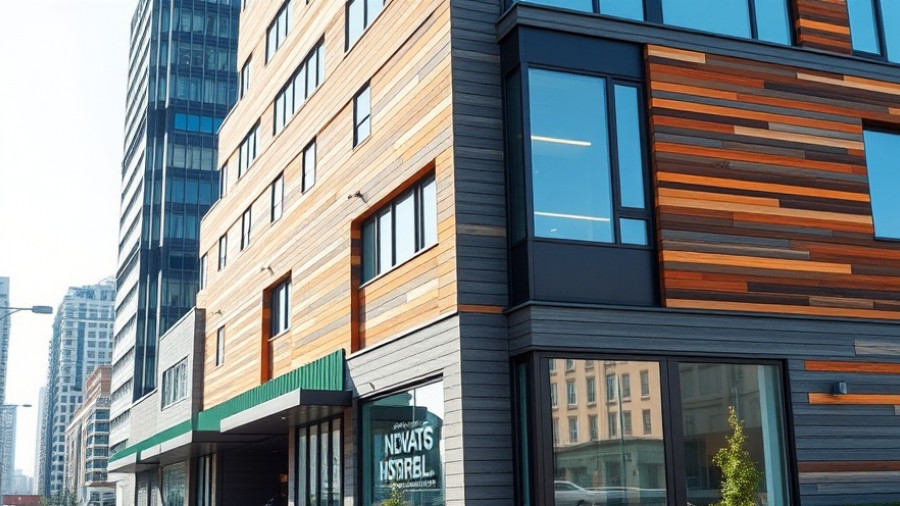
Understanding Emerging Hazards for Water Utility Workers
As the backbone of our communities, water utility workers tackle a range of critical tasks, often in hazardous environments. These professionals regularly face dangers such as slips, trips, and falls, violence, and the psychological strain of working in isolation. To improve safety measures, employers must not only recognize these risks but also implement innovative technologies that can significantly enhance safety protocols. By being proactive in workforce management, businesses can protect their most invaluable asset – their employees.
How Technology is Transforming Safety in the Water Sector
Innovative solutions are emerging to help safeguard water utility workers, particularly those who work alone. For instance, wearable technologies and mobile applications enable real-time monitoring and communication. These tools can alert supervisors to emergencies and provide accurate tracking of employee locations, ensuring that help is readily available when needed.
According to a report from Water Canada, implementing monitoring systems such as SafetyLine has proven highly effective. For example, the City of St. John’s in Newfoundland employs SafetyLine for its water treatment staff, which allows for automated check-ins through a simple app that offers peace of mind for both employees and their supervisors. This system ensures that workers can quickly confirm their safety without cumbersome procedures, fostering a culture of care and accountability.
The Role of Comprehensive Training and Safety Culture
Beyond technology, fostering a strong safety culture is vital in ensuring the well-being of water utility workers. Employers should invest in regular safety training that addresses potential hazards and reinforces the importance of using safety equipment properly. Offering engaging training sessions, as highlighted by safety expert Monica Rakoczy, can create lasting impressions that prompt employees to take safety protocols seriously. These efforts not only protect employees but also enhance productivity and morale.
Emerging Technologies Enhancing Worker Equipment
The advancements in personal protective equipment (PPE) also play a pivotal role in safeguarding workers. Recent innovations include flame-resistant clothing designed to withstand extreme conditions while ensuring wearer comfort. These developments represent a blend of safety and functionality that enhances overall job performance.
Moreover, devices like SmartQ Z-watches demonstrate how far safety equipment has come. These watches allow workers to access vital data and communicate in real-time during emergencies, opening up new avenues in worker safety. By utilizing intelligent safety gear, water workers can be better protected from unforeseen risks, making every team member's safety a top priority.
Practical Steps for Implementing Safety Innovations
To effectively implement these safety measures, employers must conduct comprehensive risk assessments to identify specific hazards in their respective work environments. Moreover, engaging with employees to understand their perspectives can prove instrumental in selecting the most effective monitoring systems. By prioritizing workers’ input, companies can foster trust and ensure that any newly introduced safety protocols are both relevant and practical.
Conclusion: The Path Forward in Water Utility Safety
In conclusion, the safety of water utility workers must remain a priority for all stakeholders involved. By merging environmental safety considerations with innovative monitoring technologies, we can create a culture where safety is valued and prioritized. As we continue to evolve in our understanding of workplace hazards, embracing these technological advancements and training methodologies will lead to a safer environment for everyone involved in the essential task of delivering clean water.
To stay updated on safety innovations and best practices for managing your workforce, consider exploring additional resources and training tailored to your industry.
 Add Row
Add Row  Add
Add 




Write A Comment